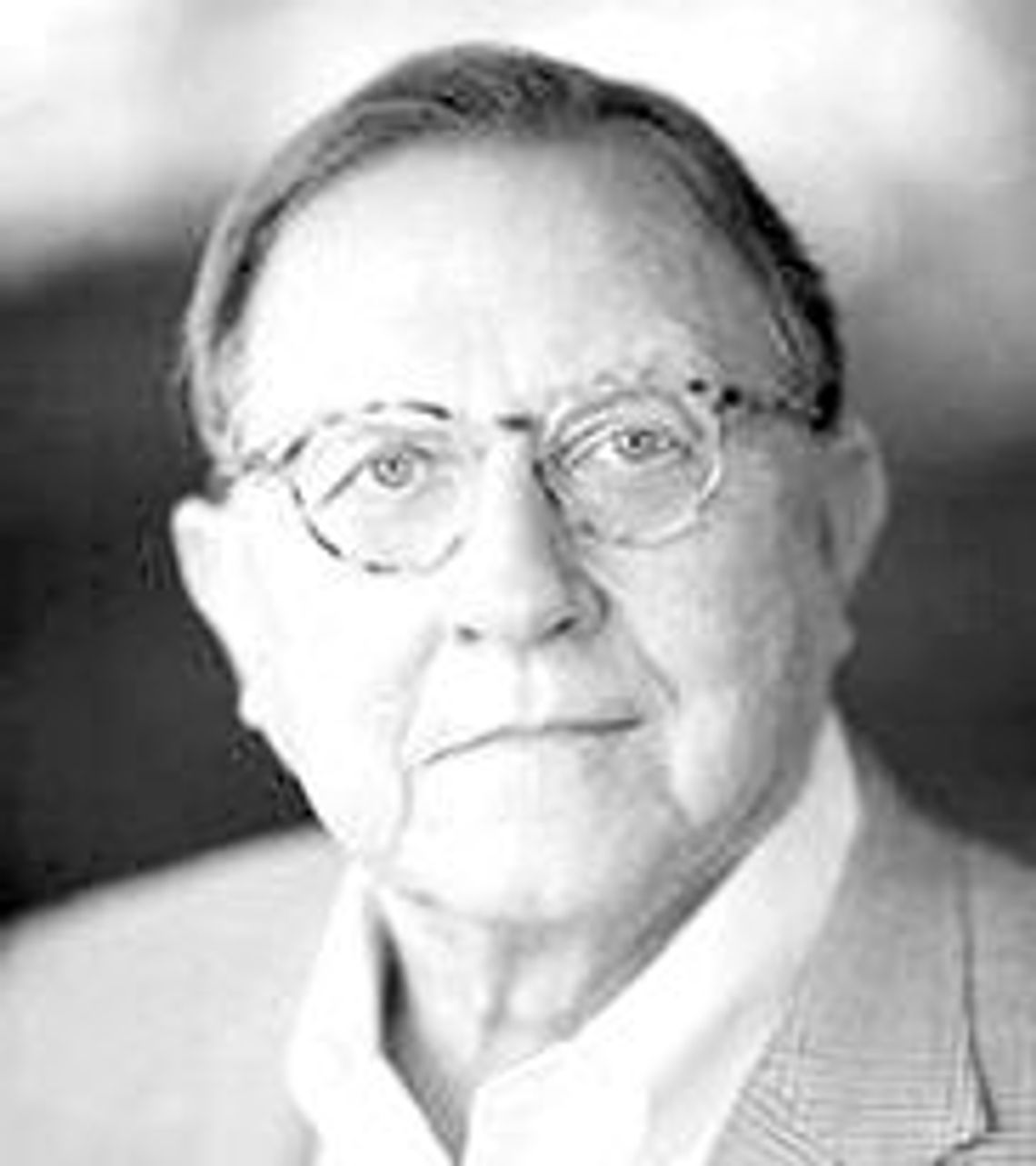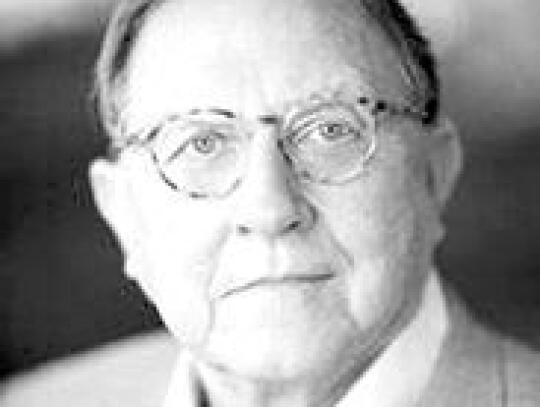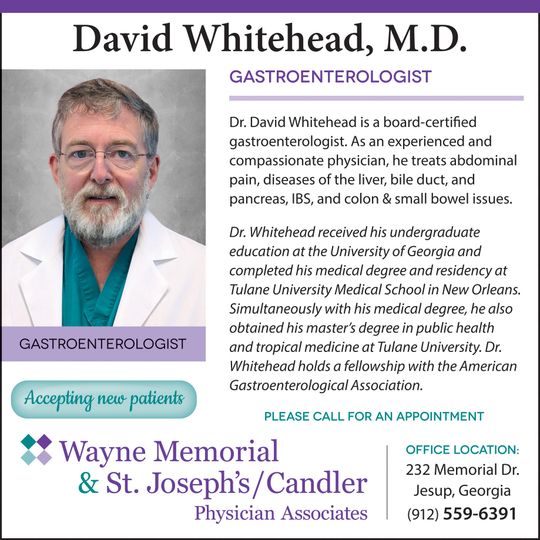The 2024 presidential election is gathering momentum — at least on the Republican side. Certain political and geographic alignments that could influence the outcome may prove of some interest.
In American life, movements, migrations, even demographic trends, ebb and flow. Few remain constant. The two described here appear to fall in the permanent category. The data cited is believed accurate. The sources are reliable but are not guaranteed.
On one point, however, there is no debate: this great nation is big. The U.S. Census Bureau reports that as of April 1, 2020 the population was estimated at 331,449,281. Among the several states are 3,243 counties and county equivalents.
At the county level, significant change has occurred and emerges as continuing. In most years between 4 and 5 percent of the population moves from one county to another. That is 100 million Americans across a decade.
Migrations in the past, of which there were several, were largely in response to hardship and economic opportunity. People nowadays, the research shows, are concerned about “the place” for relocation and its amenities: churches, schools, coffee shops, proximity to the city center, safety, the identity and politics of their prospective neighbors.
As part of the “sorting process,” identified and researched by Bill Bishop in his book, The Big Sort, more and more people are relocating to counties most closely linked to their culture, faith and politics. For example, when people moved from Republican counties, they were very likely to settle in other Republican counties. Evangelicals rarely moved to counties dominated by Democrats.
The trend holds irrespective of whether the state of origin is red, blue or purple. As a result, more and more counties are becoming politically all one thing or all another, but no longer in the middle. As recently as 1992, 38 percent of voters lived in counties that gave winning margins of at least 20 points to either Democrats or Republicans. By 2016 the share of these voters had risen to 60 percent. The trend is believed to have held in 2020 as well.
Voting patterns, within state boundaries, are indicative of the county line cleavage. More than ever, big cities controlled by Democrats exist as islands surrounded by rural regions that consistently elect Republican representatives.
A second political theme, of yet deeper consequence, is the nation’s growing rural-urban divide. First, some definitions: the Census Bureau defines “urban” to include urbanized areas of 50,000 or more residents and urban “clusters” to mean a population of at least 2,500 and less than 50,000. All other areas are classified “rural.”
In 2020 the rural population was 57.47 million, compared to 274.03 million living in urban areas. Since the turn of the century, urban county population has expanded at more than twice the rate of rural counties. During the same period, 41 percent of all U.S. rural counties declined in population. Ninety-four percent of the nation’s job growth since 2000 has occurred within urban counties.
Throughout much of American history the two major parties claimed rural and urban constituents. That no longer holds. Rural states have become increasingly Republican while urban areas have swung decidedly Democratic, as epitomized by California. In the 2020 presidential election two-thirds of rural voters favored re-election of the Republican President. Only one in three urbanites did. Since 2011 Republicans have gained important majorities in both state legislatures and governorships.
Those who study and write about these trends say they are a proximate (though not the sole) cause of a growing polarization in American politics. In addition, they encourage extremist views among Democrats and Republicans. Consequently, they make it more difficult than ever for politicians to build consensus that span vast parts of the country or that cross the party divide in Congress.
On the other hand, the various regions have common interests in public health, education, economic development and scientific research. The public interest will benefit from politicians who can unite those sentiments beyond geographic obstacles and boundaries. Perhaps they will emerge in the lengthy national election now in progress.
• Retired attorney Jim Thomas lives in Atlanta. Email jmtlawyerspeak@yahoo. com











